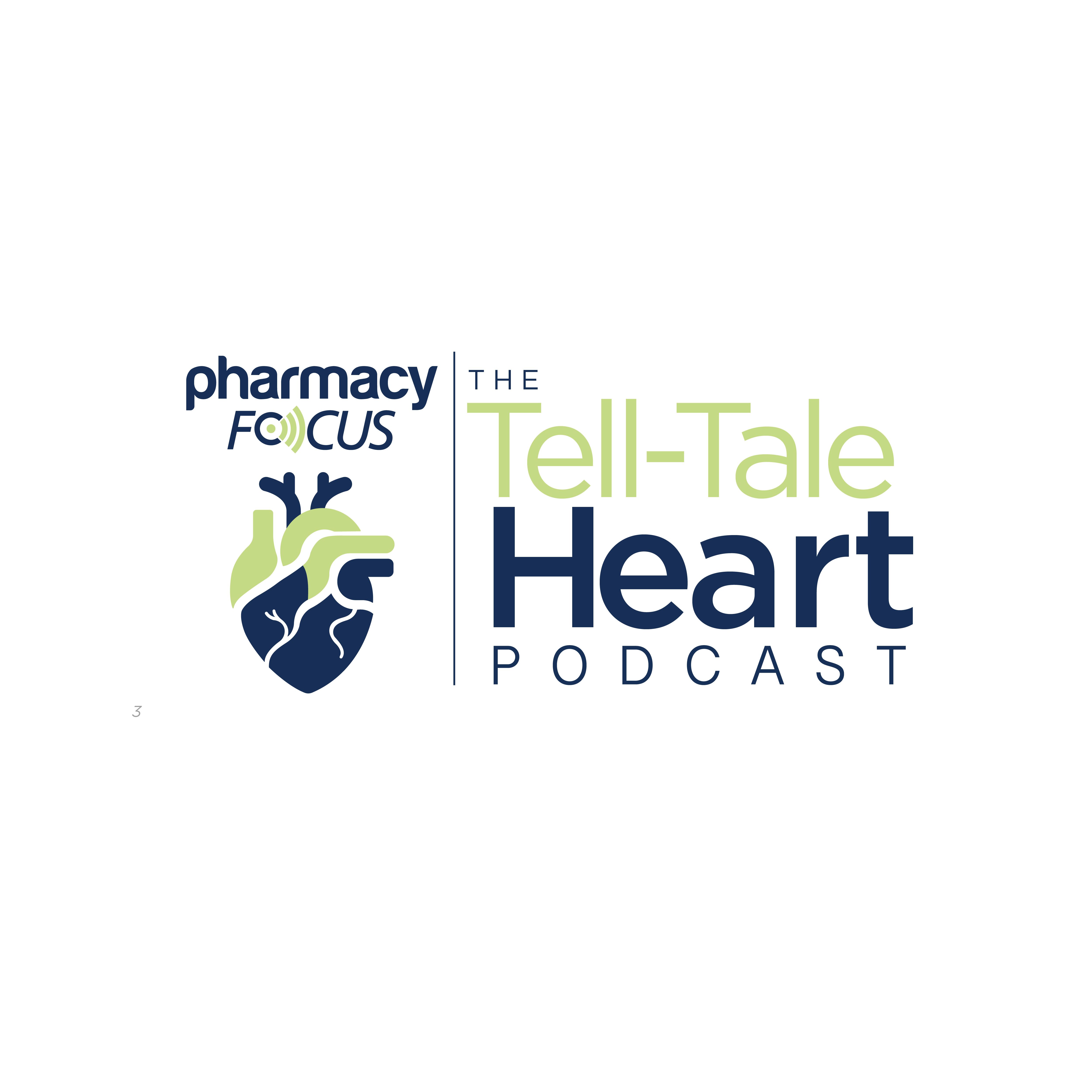
Commentary
Article
Revolutionizing Treatment with Bispecific Therapies: Navigating the Challenges Ahead
By decade’s end, approval of additional bispecifics is expected for hematological malignancies, solid tumors, and non-oncology conditions such as inflammatory, autoimmune, neurodegenerative and vascular diseases, and ocular disorders and infections.
Bispecific therapies are an exciting treatment advancement that can potentially revolutionize modern medicine.1 A game-changing achievement in biotechnology and medicine developed over 20 years, bispecific antibodies are therapeutic agentsthat target tumor antigens and immune cell populations across a broad range of cancers and other diseases.2These molecules provide a unique and potent treatment by modulating multiple biological pathways,leading to novel mechanisms of action not possible with traditional monoclonal antibodies.1 By binding to a tumor-associated antigen on cancer cells and to an immune cell, these agents create highly specific therapies that minimize off-target effects while bringing immune cells directly in contact with cancer cells.1Although not a guaranteed cure, bispecifics provide a viable treatment option that may add months or years to a patient’s life.
Image credit: Galina | stock.adobe.com

Because of the promise bispecifics hold for advancing outcomes for cancer and other diseases, they are gaining worldwide attention.1Over the past 2 years, several therapies have been approved and launched in the US, mostly in oncology, and the list is rapidly growing. By decade’s end, approval of additional bispecifics is expected for hematological malignancies, solid tumors, and non-oncology conditions such as inflammatory, autoimmune, neurodegenerative and vascular diseases, and ocular disorders and infections,establishing bispecifics as an “essential part of the therapeutic armamentarium.”3
Due to the complexity and novelty of bispecific therapies, many are administered in hospitals. However, like most oncologic treatments, patients prefer receiving care closer to home at their local community oncology practices. Additionally, because of the costs and uncertain economic factors, health care institutions are considering referring patients to outpatient settings once their therapy reaches the maintenance phase. Therefore, it is worthwhile to closely examine these innovative therapies, as their impact will likely soon be significant across the health care landscape.
Bispecific Basics
Bispecific therapies are a class of therapeutic agents, particularly antibodies, designed to simultaneously bind to 2 different types of antigens or epitopes. More precisely, bispecific T-cell engaging therapies can bind to an oncologic epitope and an immune cell simultaneously, forming an immunological synapse and leading to T-cell activation, proliferation, and subsequent killing of cancer cells. Treatments act like a cocktail of 2 monoclonal antibodies, but only 1 molecule is manufactured.2 Additionally, their synergistic qualities may create a stronger treatment response.2Although other immunotherapy approaches, such as CAR T, also use T-cells to target cancer cells,bispecifics offer an advantage because they are less fiscally and temporally intensive for manufacturing, especially at the time of patient need given commercially available rather than patient-specific manufacturing.
Bispecific antibodies target malignant cells based on the presence of a specific marker the patient has, as well as the patient's own T-cells identified through a T-cell specific marker.5Because bispecifics provide highly targeted therapeutic strategies tailored to specific molecular and genetic characteristics of individual patients, they hold immense potential to become a cornerstone in precision medicine.1
Bispecific Programs Require Careful Planning and Monitoring
Although bispecific therapies represent promising advancements in many areas of medicine, integrating these novel agents into practice brings significant clinical and operational challenges. The following areas must receive careful attention.
Clinical management and patient safety:Adverse effects can occur with these drugs. Patients must be closely monitored, and rapid interventions must occur if symptoms arise. Some primary safety concerns that need careful management include cytokine release syndrome, neurotoxicity, cytopenias, infusion reactions, and end organ toxicity.
Operational efficiency:Providing bispecifics in the community setting involves several strategic steps to ensure these complex therapies are accessible, effectively administered, and properly managed outside of specialized health care centers. Education and collaboration are crucial, particularly with hospitals, as they can significantly impact the success of these initiatives.
Proper education and training build a strong foundation for bispecific introduction into practice and is essential for developing a sustainable program.1 Educating the care team and keeping them informed about current practice is imperative. Compared to other immunotherapies, bispecifics demand greater multidisciplinary involvement and expanded education programs to ensure all team members are properly trained and equipped to handle various adverse events.1 Emphasizing patient education is also vital, as it helps patients understand and feel more comfortable with their treatment.1Several oncology-focused societies offer excellent resources practices can tailor to their specific needs.1
Steps should be taken to facilitate collaboration across the care continuum by developing the appropriate infrastructure, including clinical facilities and modifications to electronic health records (EHR). Additionally, safety measures for monitoring and follow-up should be systematically developed and documented routinely.
Coordination of care across patient care teams: Care coordination programs must be established to ensure seamless communication among community health care providers, specialists, and patients. Case managers and nurse navigators play a vital role in supporting patients during treatment, especially coordinating logistics between community practices and other providers.
Careful attention to detail is essential to facilitate collaboration and communication with neighboring health systems and hospitals that will also be involved in caring for these patients. Establishing an effective working relationship with these providers is crucial but can be challenging, as individuals responsible for certain functions in a hospital may have different job titles and use different technologies compared to those performing similar roles in an outpatient clinic.
A significant challenge often arises from the different EHR systems between hospitals and outpatient settings. Providers across the care continuum must be proactive and collaborate to ensure everyone has access to the patient’s records, especially if the EHRs are incompatible. Procedures must be established to bridge this gap, even if that involves faxing paper orders between facilities and then scanning them into the various EHRs.
Financial recovery: Bispecific therapy ranks among the most expensive treatments available today, yet it does not generate significant revenue for practices due to the high costs associated with its administration. Given its high costs, coupled with the evolving payer landscape and novelty of these drugs, launching a bispecific program can pose a substantial financial risk for unprepared practices. Therefore, it is crucial to implement processes that ensure every transaction is double-checked and monitored to meet reimbursement requirements. Failing to secure reimbursement for even a single patient undergoing therapy for several months could have a significant impact.
There are essential best practices that support financial success of a bispecific program, many of which involve payer contracting. The foremost consideration in payer contracting is ensuring reimbursement that is both sufficient and favorable. Coming prepared with reimbursement benchmarks and demonstrations of value (eg, lower lifetime cost relative to alternative therapies) can facilitate the negotiation process.
Contracts outline the duration of the agreement and may include provisions for termination or renewal. Providers should carefully assess the length of the contract and the ability to renegotiate terms in the future. Termination provisions should also be reviewed to ensure fairness and protect the provider's interests. The contracting phase is also an opportunity to understand and negotiate guidelines in the provider manual, such as requirements for prior authorizations (PAs), appeals, timely filing, and other administrative responsibilities delegated to the practice by the payer before payment.
Much attention should be devoted to the PA process, as these approvals are crucial for reimbursement. Given the evolving payer landscape, requirements may frequently change. It is vital to have a straightforward yet comprehensive PA checklist before administration, including confirming current insurance information, validating an active authorization, and confirming documentation needs prior to payment. Given the significant risk of forgoing payment after an initial denial, a comprehensive PA and documentation checklist will yield meaningful financial benefits to the practice. State and federal regulations may also impact the authorization process.
Reimbursement concerns can delay treatment, especially initially. Many outpatient clinics are reluctant to assume the financial risks and clinical requirements of initial dosing, opting instead to accept referral patients only for maintenance. This is especially true for smaller community practices. While some clinics will offer initial dosing, the more common path is to let hospitals assume the responsibility, with outpatient clinics handling maintenance dosing. The decision to provide initial treatment is often more influenced by reimbursement concerns than by managing adverse events.
If practices encounter a health system unwilling to take on the cost risk of initial dosing, they should consult the drug manufacturer to determine if programs are available to help offset treatment costs. These resources can reduce the risk of potential nonpayment from the payer, allowing the patient to begin therapy.
Strategies for Success
Implementing best practices when integrating bispecifics into a practice can establish a strong foundation for the program and help ensure sustainability. In addition to the previously mentioned recommendations, here are some key best practices essential for successfully managing bispecific implementation in a community setting:
- Maintain an effective process between the practice and the hospital through proper planning. This is a cornerstone of success in outpatient bispecifics administration.Hospitals and practice champions should collaborate to swiftly identify potential obstacles and proactively develop workable solutions.
- Establish an effective referral process that is streamlined and aligned with hospital workflow to facilitate scheduling and ensure bed availability. The referral process must address admission for step-up doses, direct admission for observation when induction is administered in the outpatient clinic, and when hospitalization is necessary for adverse events.
- Create a process or plan to manage after-hours communication with the practice champion. One option is to provide a direct communication line for hospital providers to call with clinical issues or questions when needed.
- Build a progress note template for inpatient providers to document patient care details within the EHR. The champions should work with clinical informatics to have the template incorporated into the EHR to facilitate convenient and consistent documentation and transfer of information between providers. As previously mentioned, all providers across the care continuum must proactively ensure they have an effective way to share information if their EHRs are incompatible.
Due to the complex nature of bispecific therapies, all these critical issues must be meticulously managed to ensure program success. To achieve this, all team members should be practicing at the full extent of their licensure, fully leveraging their training, skills, and judgment to prevent any oversights, as any misstep in these areas could jeopardize the program’s success.
Looking Ahead
The future of bispecifics appears promising, with several key developments and trends expected to shape the field, including expanding indications as research progresses. Bispecific antibodies are likely to be developed and approved for a broader range of cancers and other diseases, including autoimmune disorders, infectious diseases, and neurological conditions.
The integration of bispecific antibodies into precision medicine approaches will likely become more common. As more therapies are tailored to the specific molecular and antigenic profiles of each patient’s tumor, treatments will become more effective and targeted, creating provider buy-in. Provider comfort and experience will drive greater use of bispecifics over time. Providers will also gain more experience with successfully navigating payer challenges, leading to greater use.
Empower Success With Careful Preparation, Execution, and Monitoring
Implementing and sustaining a bispecific program in the community setting can be extremely challenging. Practices must have a deep and robust understanding of the clinical, operational, and financial aspects a program demands to make well-informed decisions. They must also make a strong commitment to investing in the time and effort required for success.Given the complexity of bispecifics, much preparation is required, and providers must ask themselves if they are currently prepared to take on therapies of this magnitude.
Practice champions can play a pivotal role by closely and continuously monitoring program economics. This will help ensure financial viability, as positive economics are essential for program sustainability.
Hospitals can also play a vital role in making sure the bispecific program is sustainable. Therefore, it is crucial to effectively collaborate with essential members of the care team and to establish strong relationships with key employees involved in the program. Within the hospital, it is imperative the revenue cycle team maintain close and consistent communication with the hospital director of pharmacy and practice champions, and practices should help foster communication among these hospital employees who may not be used to collaborating about treatment costs. Any claims issues that occur must be communicated and addressed immediately to determine whether a change in process is necessary to prevent future reimbursement issues. Prioritized attention will ensure the financial integrity of the overall program.
Although bispecific therapies are high-cost and present numerous risks and challenges for practices, they offer life-changing treatments and new hope to patients with no other options, potentially adding months, if not years, to their lives. Significant progress has already been made in advancing patient care with this promising therapy, but the journey with bispecifics is just beginning. The possibilities that lie ahead are truly inspiring for the future of cancer care.
REFERENCES
Bispecific Antibodies Sales To Surpass USD 11 Billion In 2024. News release. BioSpace. May 24, 2024. Accessed April 1, 2025. https://www.biospace.com/bispecific-antibodies-sales-to-surpass-usd-11-billion-in-2024
Bispecific Antibodies: An Area of Research and Clinical Applications. FDA. Updated February 14, 2024. Accessed April 1, 2025. https://www.fda.gov/drugs/spotlight-cder-science/bispecific-antibodies-area-research-and-clinical-applications
Surowka M, Klein C. A pivotal decade for bispecific antibodies. mABs. 2024;16:1. doi:10.1080/19420862.2024.2321635
Demystifying Bispecific Antibodies for Hematologic Malignancies. ASH Clinical News. December 2019. Accessed April 1, 2025. https://ashpublications.org/ashclinicalnews/news/4806/Demystifying-Bispecific-Antibodies-for-Hematologic
Expanding Access to Cellular and Bispecific Therapies. ACCC. Accessed April 1, 2025. https://www.accc-cancer.org/docs/projects/bispecific-antibodies/expanding-access-to-cellular-and-bispecific-therapies.pdf?sfvrsn=5b2df5bf_2&
Newsletter
Stay informed on drug updates, treatment guidelines, and pharmacy practice trends—subscribe to Pharmacy Times for weekly clinical insights.
2 Commerce Drive
Cranbury, NJ 08512
All rights reserved.





